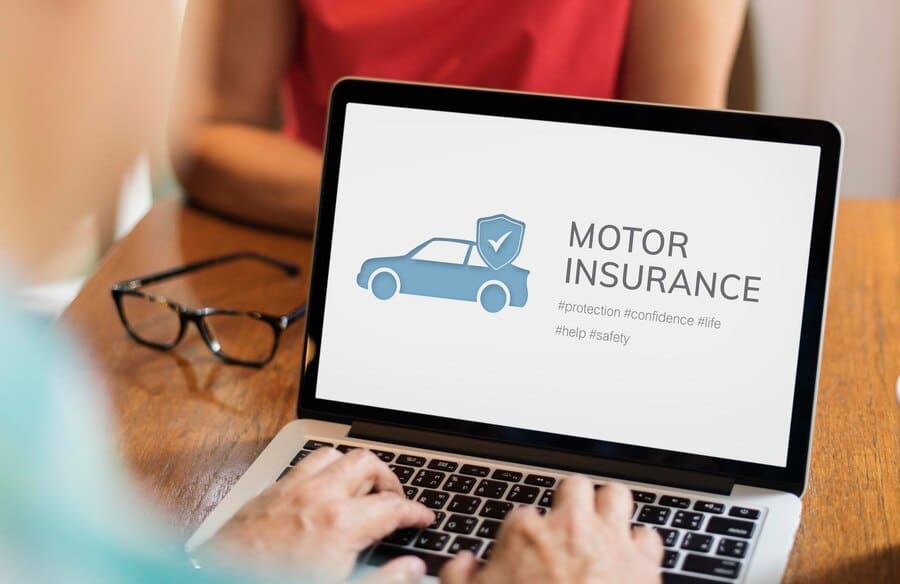Navigating the claims process for auto insurance can be daunting, especially after experiencing an accident or vehicle damage. Understanding the steps involved can help ease the stress and ensure that you receive the compensation you deserve. This article will guide you through the claims process, highlighting key steps and tips to facilitate a smooth experience.
The Claims Process: Step-by-Step

- Ensure Safety First
Immediately after an accident, prioritize safety. Check for injuries and ensure that everyone is safe. If possible, move vehicles to a secure location away from traffic. If the vehicles cannot be moved, turn on hazard lights and remain in a safe area. - Contact the Authorities
If there are injuries or significant property damage, call the police to report the accident. An official report (First Information Report or FIR) will be filed, which is crucial for your insurance claim. - Document the Scene
Gather evidence at the scene of the accident:- Take photos of all vehicles involved, damage sustained, and the accident scene.
- Collect contact information from witnesses.
- Note details such as time, date, and weather conditions.
- Notify Your Insurance Company
Contact your insurance provider as soon as possible to report the accident. Most policies require prompt notification, so be sure to do this within any specified time limits. Provide them with essential details:- Your policy number
- Date, time, and location of the accident
- Names and contact information of all parties involved
- A brief description of what occurred
- File a Claim
Complete your insurance company’s claim form, detailing the accident and damages incurred. Along with your claim form, submit necessary documents such as:- A copy of your driver’s license
- Vehicle registration
- Police report (if applicable)
- Photos of damages
- Medical records (if applicable)
- Understand Your Coverage
Familiarize yourself with your auto insurance policy to know your coverage limits and deductibles. This knowledge will help you understand what expenses are covered and how much you may need to pay out-of-pocket. - Assessment by a Claims Adjuster
After filing your claim, an insurance adjuster will be assigned to investigate the incident. They may contact you for further information and will assess the damage to your vehicle. Be prepared to provide any additional documentation they request. - Claim Settlement
Once the investigation is complete and if your claim is approved, your insurer will offer a settlement amount based on their assessment of damages and policy coverage. You may negotiate this amount if you believe it does not adequately cover your losses. - Repairing Your Vehicle
After agreeing on a settlement, you can take your vehicle to an authorized repair shop or use a cashless service if offered by your insurer. Ensure that all repairs are documented for future reference.
Conclusion
Understanding the claims process for auto insurance is essential for ensuring that you receive fair compensation after an accident or damage to your vehicle. By following these steps—prioritizing safety, documenting evidence, notifying your insurer promptly, and understanding your coverage—you can navigate the claims process more effectively and reduce stress during a challenging time.
FAQs
1. What should I do immediately after an accident?
Ensure safety first, contact authorities if needed, document the scene with photos and witness information, and notify your insurance company promptly.
2. How long do I have to report an accident to my insurer?
Most insurers require you to report an accident within a specific timeframe; check your policy for exact limits.
3. What documents do I need to file a claim?
You typically need a completed claim form, driver’s license copy, vehicle registration, police report (if applicable), photos of damages, and any medical records related to injuries.
4. Will my premium increase if I file a claim?
Filing a claim may lead to an increase in premiums depending on your insurer’s policies; it’s advisable to ask about potential impacts before filing.
5. How does my deductible affect my claim?
Your deductible is the amount you must pay out-of-pocket before insurance coverage kicks in; ensure you understand this amount as it affects how much you receive after a claim.
6. Can I choose any repair shop for my vehicle?
Many insurers allow you to choose any licensed repair shop; however, some may have preferred networks that offer cashless services or guarantees on repairs.
7. What happens if another driver is at fault?
If another driver is at fault, you can file a claim with their insurance company or your own under uninsured/underinsured motorist coverage if they lack adequate coverage.
8. How long does it take to settle an auto insurance claim?
The timeline varies based on complexity; simple claims may settle within days while more complex cases could take weeks or even months.
9. What should I do if my claim is denied?
Review the denial letter for reasons provided; contact your insurer for clarification and consider appealing their decision with additional documentation if necessary.
10. Is there a difference between first-party and third-party claims?
Yes! First-party claims are filed by you against your own policy for damages; third-party claims are filed against another party’s insurance when they are at fault for damages or injuries.

